Properties of solids equations
1/34
There's no tags or description
Looks like no tags are added yet.
Name | Mastery | Learn | Test | Matching | Spaced |
|---|
No study sessions yet.
35 Terms
Rate equation of heat capacity

Heat capacity equations with per unit mass and per mol

Thermal expansion equation
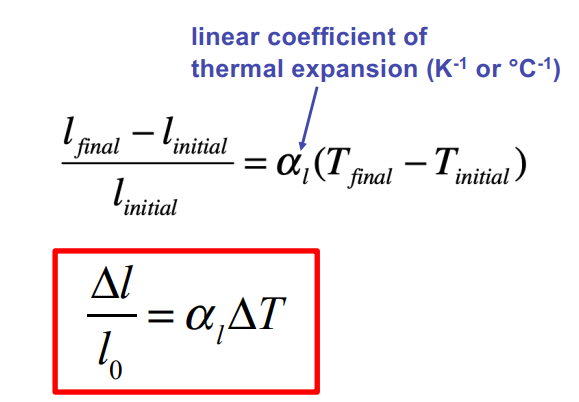
Fourier’s law of thermal conductivity equation

What is thermal conductivity variables depend on?
where kph is the thermal conductivity due to vibrations (phonons) and ke is the thermal conductivity due to free electrons.

Wiedemann-Franz Law
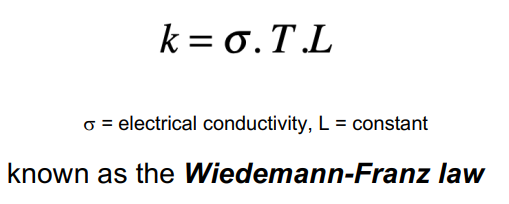
Order of types of solids of increasing thermal conductivity
polymers, ceramics, metals
what type of solids have the highest thermal expansion coefficients?
polymers
Coulomb’s law

Lorentz force law

Magnetic flux density equation
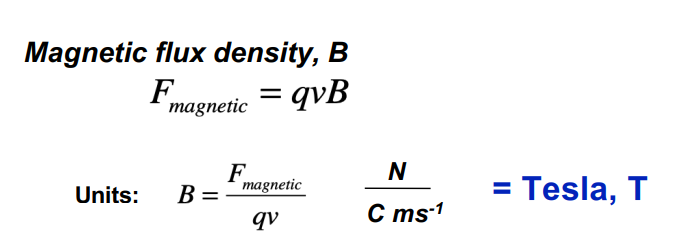
Magnetic flux density equation for a straight wire
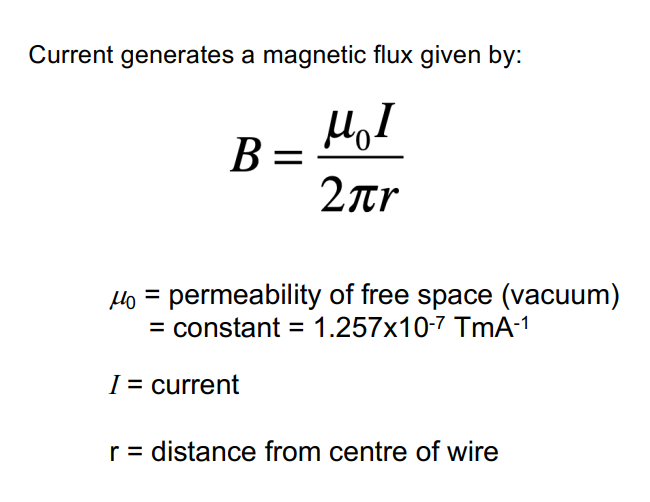
Magnetic flux in a loop equation
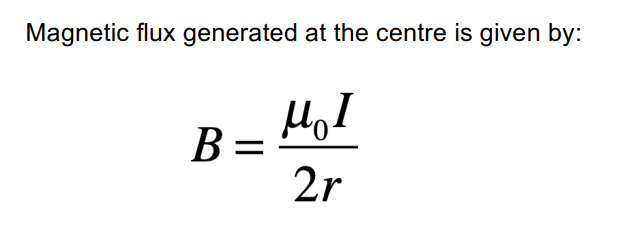
Magnetic dipole equation
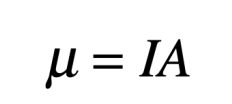
Torque equation

Magnetic dipole moment for a single electron (bohr magneton)
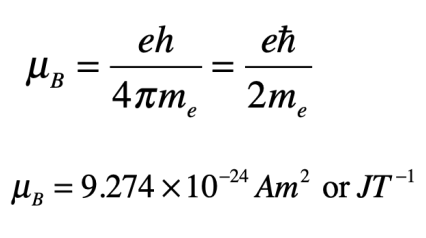
Spin-only magnetic moment equation

Properties of paramagnetic
-No net magnetic moment
-Random alignments (that cancel each other out)
-Weak interactions
Properties of antiferromagnetic
-No net magnetic moment
-Anti parallel alignments (that cancel each other out)
-Strong interactions
-Equal dipoles
Properties of ferrimagnetic
-Net magnetic moment
-Anti parallel alignments
-Strong interactions
-Unequal dipoles
Properties of ferromagnetic
-Net magnetic moment
-Parallel alignments
-Strong interactions
Ohm’s law

Resistivity equations

Conductivity equation
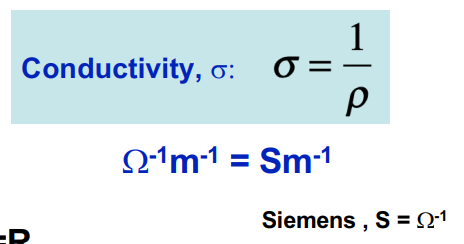
Metallic conductor
electric conductivity decreases with increasing temperature
Semiconductor
electric conductivity increases with increasing temperature
Insulator
very low conductivity
Origin of conductivity equation
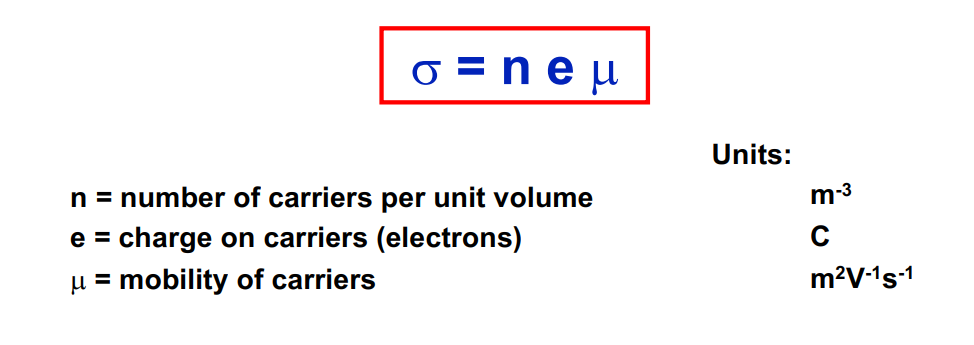
Arrhenius equation for conductivity
where k= Boltzmann constant
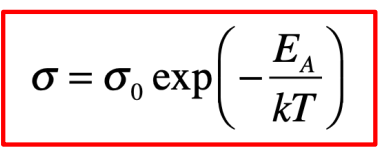
Charge stored in a capacitor equation
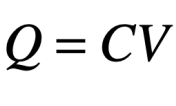
Capacitance equation for a material
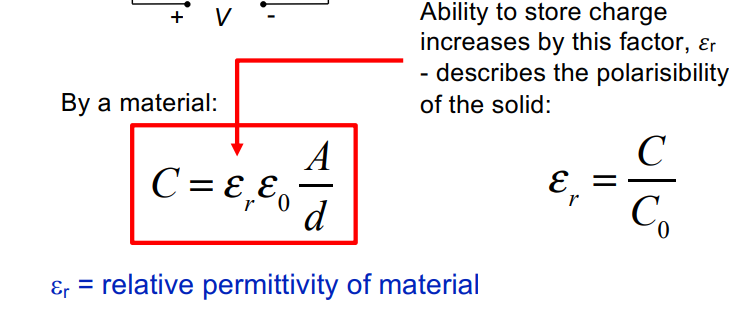
Energy of light equation
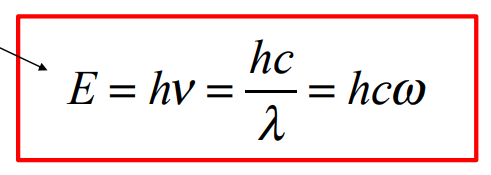
Refractive index equation

Reflectivity equation
measured as a percentage
